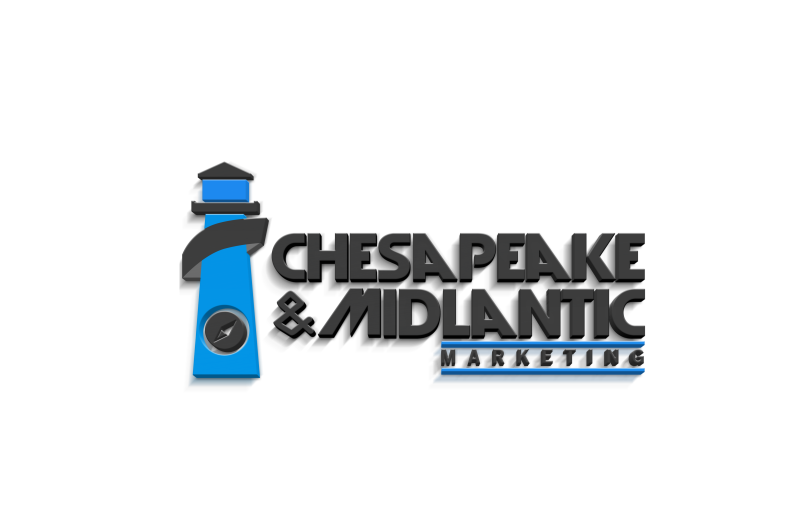
Rick and Steve explain why it's so critical to calculate storage for IP video security systems in this short video.
Access the IP Camera Storage Calculator Here >>>
Contact Our Team for Storage Calculation Assistance >>>
In order to help our partners understand the impact of frame rate and resolution settings, we posted two educational videos. One was a comparison of four different frame rates: 7.5ips, 10ips, 15ips, and 30ips. The second was a video comparing seven different resolutions: 4CIF, 720p, 1080p, 5 megapixel, 4K, and 180 & 360 panoramic 12 megapixel.
After releasing the two videos, we received this follow-up question:
"For a given frame rate, approximately how do the bit rates compare? And does that bit rate vary between manufacturers and if so why?"
Bit rates directly reflect the frame rate and resolution settings in the cameras. There are several other factors that can be manually adjusted in cameras and encoders that can also change the bit rate output. This may have a direct reflection on the quality of the image if these manual settings limit the IP cameras output too significantly.
All IP cameras and encoders are not created equal. There is a very large difference in the bit rate provided between cameras and manufacturers. Some of the newer software on IP cameras can show a dramatic reduction in the bit rate over older ones. This is quite the technology race since bit rate directly drives the necessary amount of storage and this drives the cost of the system.
Bosch has a technology called iDNR or intelligent dynamic noise reduction that can provide between 20 and 40% reduction in bit rate over other manufacturers. Others may have similar software on their cameras and call it something else.
Encoding formats (codecs) also have a tremendous affect on bit rate. MJPEG is very high, MPEG4 is less, and H264 is even less. Newer technology like H.265 will provide for improved CODECs which will reduce bit rate even more.
When comparing bit rate to images per second, the general rule of thumb is the fewer the images per second, the lower the bit rate. Generally there is no even multiplier for bit rate when jumping from say 7.5 IPS to 15 IPS then to 30 IPS. In other words if a given camera provides 850Kbps at 7.5 IPS, 15 IPS is not typically 1,700Kbps, but in fact it may be 1,270Kbps and 30 IPS may be 1,825Kbps.
Most manufacturers can provide you with bit rate charts that show detailed samplings of their bit rates based on testing. These charts will show images per second, resolution and often "low, medium and high" rates for activity or percent of motion in the camera's field of view. These numbers can be a bit misleading if you don't understand that "motion" is not the only thing that drives the bit rate up in an image. I would rather use terms like "busy" or "contrast" to describe the camera's scene. There can be no "movement" in a camera's field of view but the wall paper pattern, carpet pattern, lots of diagonal lines and many other factors in the camera's field of view that can make the camera's bit rate increase. Obviously a PTZ camera that is on autopan or tour will have higher bit rates than a fixed camera because 100% of the cameras field of view is changing and the number of "I" frames will be very high, thus driving the bit rates up.
If you really want to know what the bit rates a specific field of view will have with a given IP camera, you need to do some testing with the specific cameras and the given field of views you have. Make sure you consider changes in light levels as this may have a dramatic influence as well. In lower light circumstances the camera's AGC (automatic gain control) may turn on and the amount of change in the image goes from low to 100% because of the noise (or graininess) displayed by the camera. Again companies like Bosch show significant reductions in bit rates under these circumstances with technology like iDNR.
Testing, testing, testing!
There is no substitute for testing and if a company wants your business they should be willing to show you how their products perform in your environment. Just like the testing that this post was based on, a customer wants to see how something works, and we set the equipment up and provide real data so they can make educated decisions. Don't be afraid to ask your security professional or vendor show you what they want you to consider buying.
.










